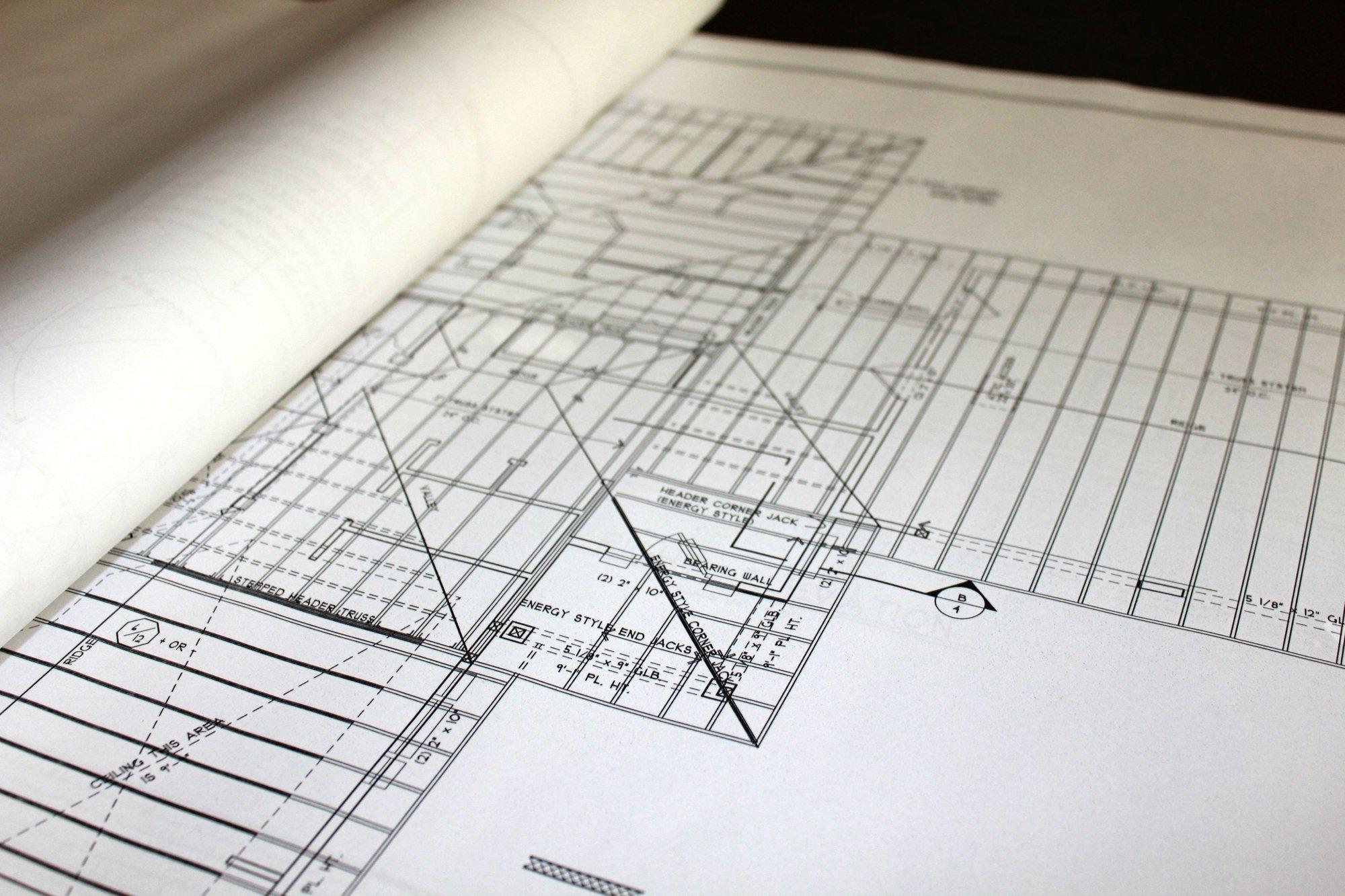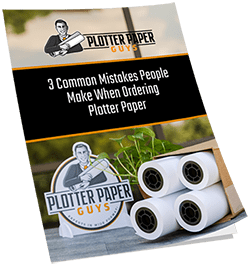In 1704, a Berlin dye maker created the iconic blue used in modern blueprints by accident. Now, blueprint paper rolls are standard for architecture, construction, engineering, and other vital industries.
Blueprints are the backbone of our workplaces, homes, and schools. So, how does one find the best plotter paper rolls for their next project? Read on to find out!
What Paper Do You Use for Blueprints?
There are several different kinds of paper used for blueprints. The most common rolls are bond plotter paper rolls, which are sturdy rolls of high-quality printer paper. Other common papers used for blueprint making are:
- Vellum
- Inkjet uncoated and coated paper
- Translucent bond plotter paper
- Blueline diazo paper (obsolete)
Most of these options are compatible with wide format printer machines as well. Remember to double-check your printer specs to ensure you’re buying blueprint paper rolls that won’t damage your machine. If you’re interested in environment-friendly printing, try looking for recycled paper made out of raw material.
What Is the Size of Blueprint Paper Rolls?
By far, the most common size of blueprint paper rolls are 18 x 24 inches and 24 x 36 inches. However, print paper sizes can go up to 36 x 48 inches or more, depending on the project.
If you’re unsure about the size you need for your blueprint design project, don’t hesitate to reach out to Plotter Paper Guys’ expert advisors!
Are Blueprints on Blue Paper?
Traditional blueprint paper turned blue through a chemical reaction process, but digital design and xerographic copies made the traditional blueprint-making process obsolete. Now, while the term blueprint persists, they are often made on white paper. Some even call this process “whiteprints.”
Why Is Blue Paper Used for Blueprints?
In traditional blueprint making, the blue paper was necessary to create easy-to-transfer designs that lasted. The chemical process, called cyanotype, used to create blueprint paper made a deep, Prussian, fade-resistant color when exposed to light. So, architects would draw their original designs on a fine transfer paper called vellum, layer it with the cyanotype-treated paper, and expose it to light. The areas where the design blocked the light remained white while the rest of the paper turned blue. Architects were left with a near-replica of their original design to be created many times over.
With expedited printing processes, the cyanotype paper is now obsolete. Some companies have found success by printing blueprints on colored paper. However, most adhere to tradition and use white or off-white papers for their blueprints.
Talk With a Plotter Paper Guys Expert for Your Blueprint Paper Needs
Plotter Paper Guys is a one-stop-shop for printing services and office materials. Whether you need high-quality blueprint paper rolls or have some questions about our products, Plotter Paper Guys are here to help!
Our experts are happy to walk you through your blueprint paper needs, and we guarantee friendly service every time. Call us at (855) 240-6767 today or visit our website to contact our expert customer service team today!




